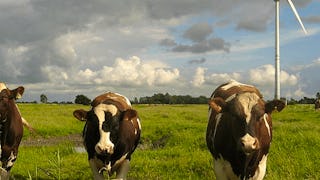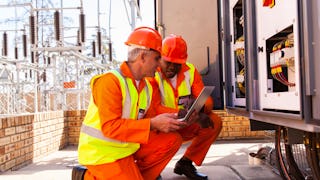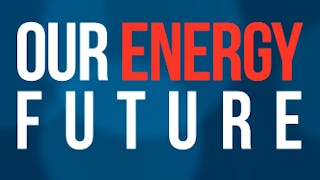For a sample of what this course will include, see the video "Energy, Environment, and Everyday Life MOOC with University of Illinois Professor David Ruzic" - http://go.citl.illinois.edu/Energy-MOOC
This course teaches you everything you need to know about energy, the environment, and at least a number of things in everyday life. It starts by talking about energy itself and where it comes from. This includes how much we have, who has it, who uses it, and what that all means. The video clips are produced in a fast-paced multimedia format during which Professor Ruzic throws in fun and demonstrations. There are multiple-choice questions to check your understanding and some more in-depth exercises to guide you deeper into the subject. After explaining the main things we use energy for – our cars and electronics! – fossil fuels are examined in detail. Want to really learn about fracking or pipelines? Watch these segments. The environmental effects of fossil fuels are taught as well. Global warming, acid rain, and geoengineering all are in this part of the course. Part of their solution is too. Renewables follow, with clips on solar, wind, hydro, geothermal, biofuels, etc. You’ll even see Professor Ruzic in a corn field and in the middle of a stream showing how you could dam it up. Finally, nuclear power is taught in detail – how it really works and what happens when it doesn’t work, as in Three Mile Island, Chernobyl, and Fukushima, as well as how we are making it today, which is shown here without political preconceptions. In this course, economics takes center stage. People will ultimately do whatever costs the least, so energy policy is most effective when it is targeted at the user’s wallet. Throughout the course there are 24 segments on “How Things Work." These guides to everyday life are tremendously varied, covering everything from fireworks to making beer to what happens backstage at a theater. The course is designed to be enjoyable as well as informative. We hope you will take a look!


















